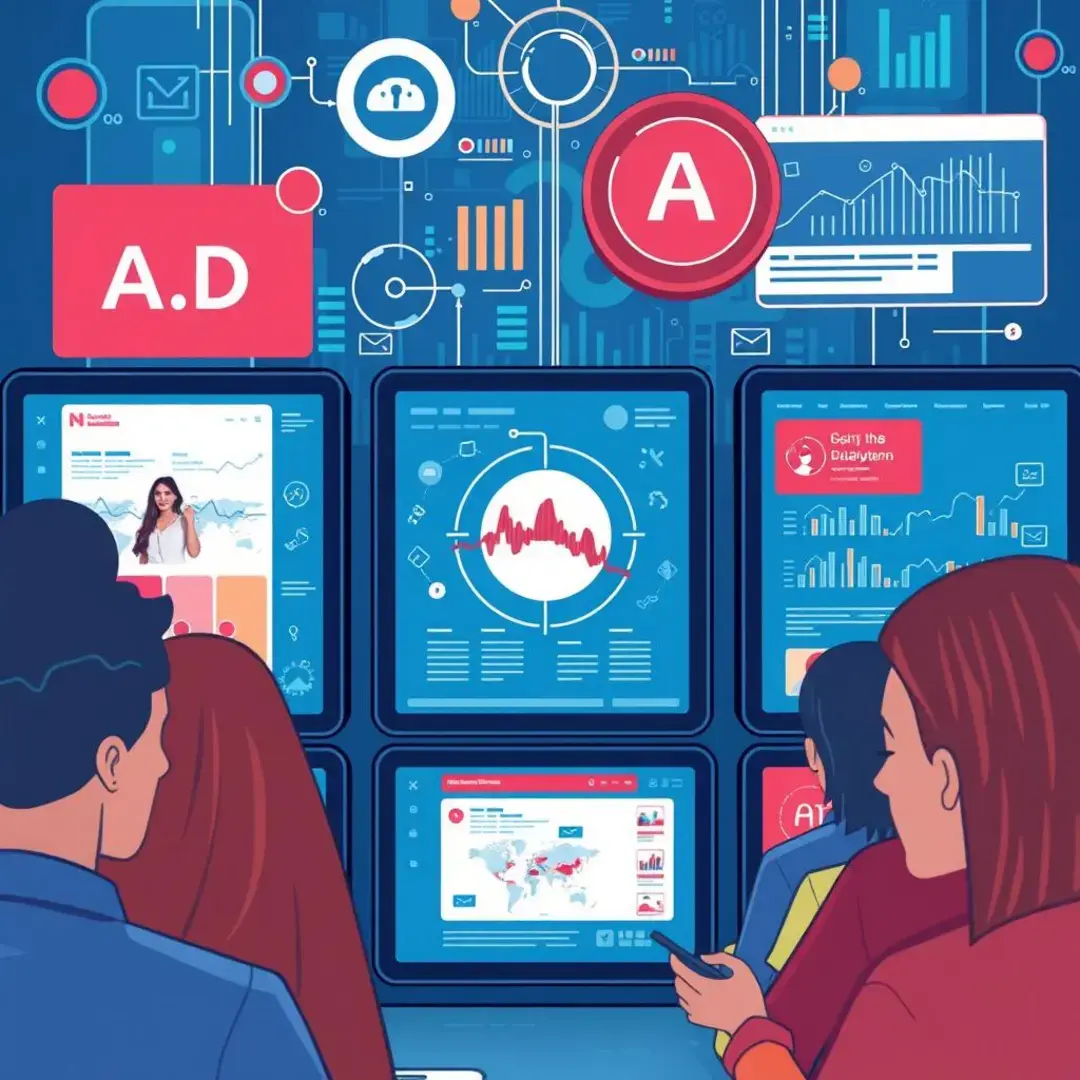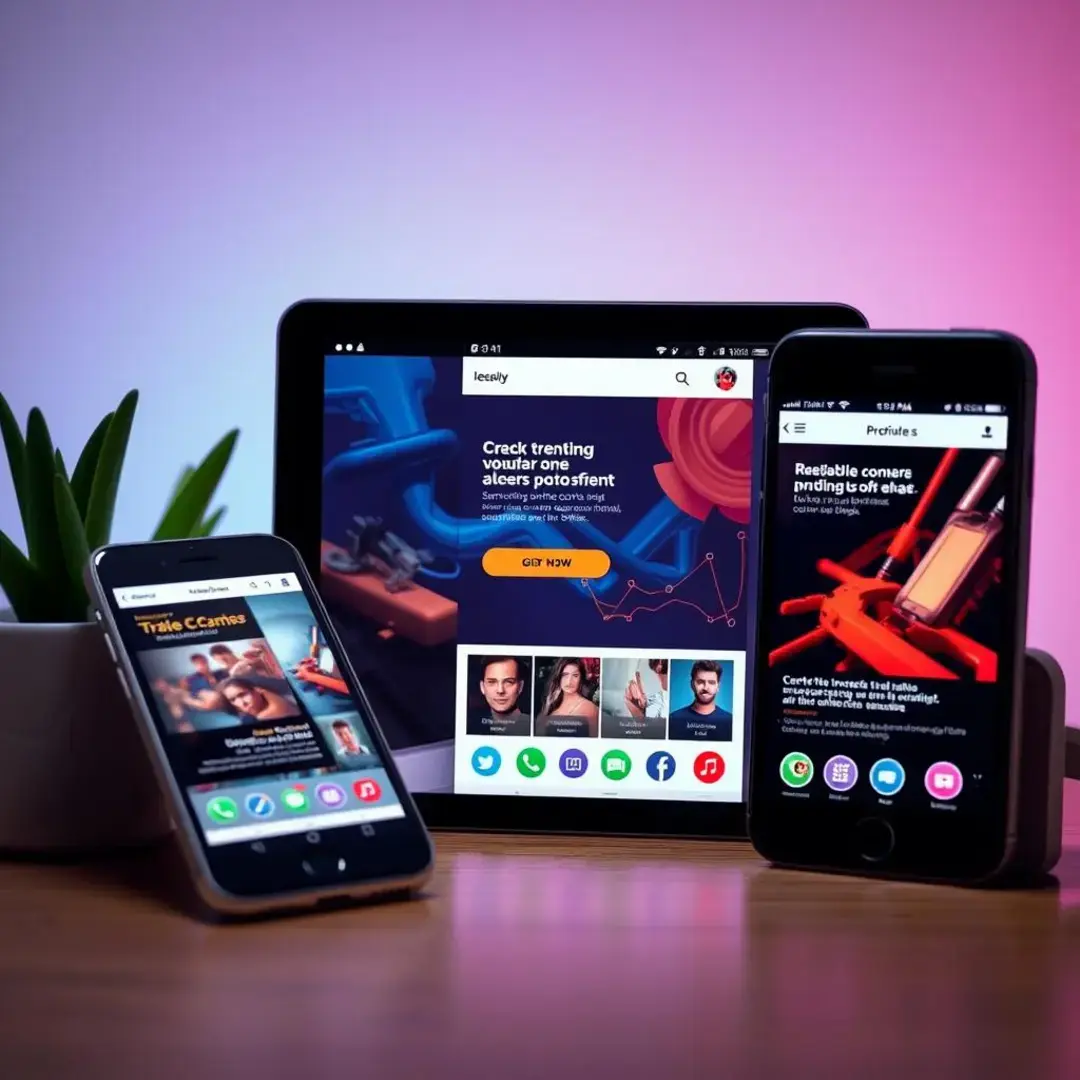Ad Targeting
Introduction

Overview of Ad Targeting in Marketing Automation
In the fast-evolving landscape of digital marketing, ad targeting has become a cornerstone of effective strategy formulation. It involves delivering advertisements to specific audiences based on various parameters, such as demographics, interests, and online behavior. The goal is to enhance engagement rates and improve conversion metrics by ensuring that the right message reaches the right person at the right time. In the realm of marketing automation, mastering ad targeting can significantly streamline campaigns and maximize ROI.
As businesses continue to recognize the importance of tailored advertising, they increasingly invest in sophisticated tools and technologies that facilitate this personalization. By automating ad targeting processes, marketers can focus their energies on creative aspects and strategy optimization, fundamentally reshaping how campaigns are structured and executed.
Key Trends in Ad Targeting

Emerging Trends
One of the most notable trends in ad targeting is the resurgence of contextual advertising. This approach focuses on delivering ads based on the content being consumed by users rather than solely relying on their past behavior or demographics. By leveraging contextual signals, advertisers can ensure their messages are more relevant to the consumer’s immediate interests, leading to higher engagement rates and reduced ad fatigue.
Another promising trend is predictive targeting, which employs sophisticated algorithms and AI models to anticipate consumer behavior. By analyzing historical data, brands can predict what products or services a user might be interested in and tailor their ads accordingly. This not only increases the chances of leads converting into sales but also fosters a more personalized customer experience.
With consumers now using multiple devices throughout their day, cross-device targeting has become crucial. This strategy allows marketers to engage users consistently across various platforms, ensuring that the advertisement’s message remains coherent whether on a smartphone, tablet, or desktop. As user journeys become less linear, the ability to maintain a seamless connection enhances brand recognition and loyalty.
Industry Impact
The advancements in ad targeting have heightened competition among businesses. Companies now vie for consumer attention in more targeted and nuanced ways than ever before. This evolution necessitates brands to continually refine their approaches, invest in advanced targeting technologies, and analyze market data more critically to stand out in saturated environments.
However, the rise of ad targeting also brings forth data privacy concerns. As consumers become more aware of privacy issues, regulations such as GDPR and CCPA are shaping how data can be used for targeting. Marketers must balance effective ad targeting with ethical practices, ensuring that they do not compromise consumer trust in their pursuit of competitive advantage.
Challenges and Limitations
Ad blocking software has also emerged as a substantial challenge in the digital marketing sphere. Users are eager to avoid intrusive ads, leading to a decline in viewership for many campaigns. Furthermore, ad fraud continues to pose a problem, with misleading metrics and bots skewing analytics, complicating the effectiveness of targeting strategies and budget allocations.
Another limitation lies in measurement and attribution. Identifying which ads are truly driving conversions can be elusive, especially in complex buyer journeys. As advertisers navigate multiple channels and touchpoints, the lack of clarity can impede their ability to assess ROI accurately and refine their targeting efforts accordingly.
Future Outlook

Future Developments
Looking ahead, AI-powered targeting is set to revolutionize ad strategies further. As artificial intelligence evolves, it will enable hyper-personalization, allowing marketers to curate content that is not only relevant but also timely. With machine learning algorithms continuously analyzing diverse data points, brands can deliver experiences that feel personal to each user.
Enhanced personalization and customization will take center stage, creating deeper emotional connections with consumers. Brands that can deliver bespoke experiences tailored to individual preferences will likely experience higher loyalty and retention rates. This shift towards personalization will compel marketers to leverage data more thoughtfully and innovatively.
Market Predictions
Programmatic advertising is poised to experience significant growth as it simplifies the buying process by automating ad placement. This trend is likely to lead to greater efficiency and effectiveness, enabling advertisers to optimize campaigns in real-time based on immediate performance data. Increasing reliance on programmatic solutions will redefine how brands allocate their advertising budgets, optimizing spend based on precise targeting metrics.
Alongside programmatic advancements, there will be an uptick in investment in data analytics. Companies will channel resources into robust analytics capabilities to extract actionable insights from vast data sets. This focus on analytics will empower marketers to make data-driven decisions that enhance their targeting precision and overall campaign effectiveness.
Potential Impact on Users
For users, improved ad targeting spells a more relevant and pleasant browsing experience. Instead of irrelevant ads cluttering their screens, consumers will begin to see advertisements that resonate with their interests and needs. This tailored approach is likely to reduce the annoyance associated with traditional, one-size-fits-all advertising methods.
However, with more sophisticated targeting capabilities come heightened privacy concerns. Users may feel uneasy about how their data is being leveraged. To mitigate these concerns, brands will need to foster transparency and implement responsible data usage practices to uphold consumer trust while reaping the benefits of effective ad targeting.
How to Choose the Right App

Step-by-Step Guide
Begin by clearly defining your target audience; outlines their demographics, interests, and behavior patterns. Understanding who your ideal customers are is fundamental to effective ad targeting, allowing you to tailor your strategies accordingly.
Next, conduct thorough research on available apps in the market. Utilize reviews, comparisons, and case studies to help narrow down your options based on your specific needs and objectives.
Carefully evaluate the features and benefits of each app on your shortlist. Consider which capabilities align most closely with your targeting strategy, such as behavioral tracking, analytics, or integration capabilities.
After selecting an app, implement it into your marketing efforts and closely monitor its performance. Regularly review the results, making adjustments as necessary to optimize your ad targeting for maximum impact.
Conclusion

Ad targeting is a powerful tool in the arsenal of modern digital marketing. With the continued advancement of technology, marketers must stay informed about emerging trends, industry impacts, and user expectations. As they navigate the dynamic landscape of ad targeting, comprehending its complexities, challenges, and best practices will be instrumental in driving successful campaigns that resonate with audiences. Brands that efficiently leverage ad targeting technologies and maintain ethical standards will likely lead the charge in this competitive space.
Factors to Consider
When selecting an ad targeting application, it’s crucial to evaluate its targeting capabilities. Look for options that provide advanced segmentation features, enabling you to reach distinct audience segments based on behavior, location, and other relevant criteria. A robust tool enhances your ability to tailor campaigns to fit diverse consumer profiles effectively.
Additionally, consider how well the application integrates with your existing marketing stack. An app that offers seamless integration with CRMs, analytics tools, and email marketing platforms can streamline your workflow and enhance overall campaign performance. Interoperability is key in creating a unified marketing approach that amplifies your ad targeting efforts.
Pricing structures can vary significantly between applications, making it essential to consider your budget and the overall value each solution delivers. Review the cost versus the features offered while ensuring that adequate support is available for troubleshooting and optimization. A tool backed by reliable support can save you time and resources in the long run.





